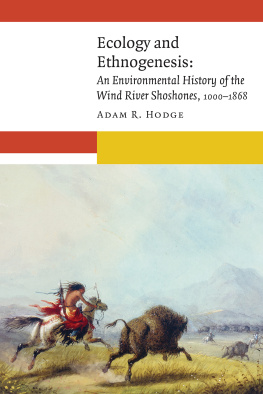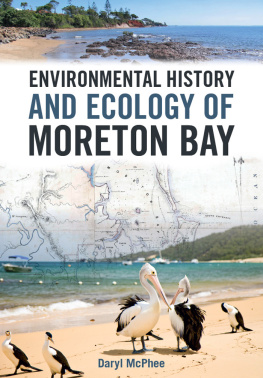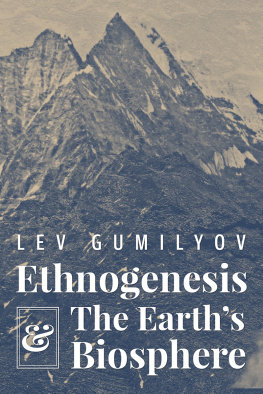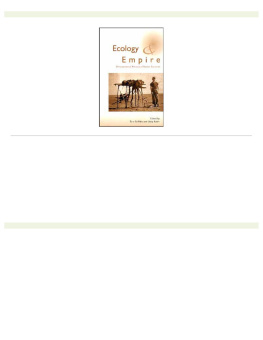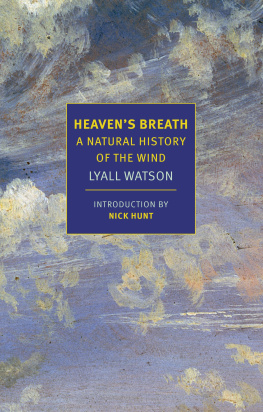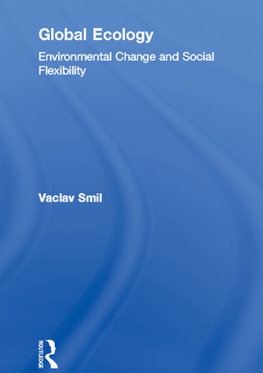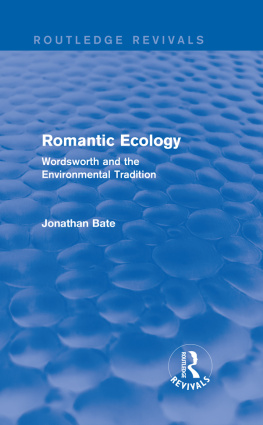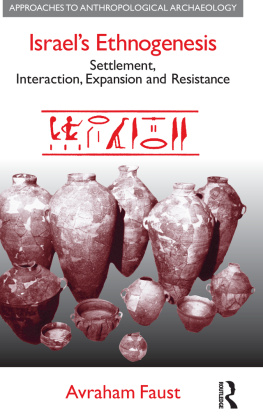Adam R. Hodge - Ecology and Ethnogenesis: An Environmental History of the Wind River Shoshones, 1000–1868
Here you can read online Adam R. Hodge - Ecology and Ethnogenesis: An Environmental History of the Wind River Shoshones, 1000–1868 full text of the book (entire story) in english for free. Download pdf and epub, get meaning, cover and reviews about this ebook. year: 2019, publisher: U of Nebraska Press, genre: Politics. Description of the work, (preface) as well as reviews are available. Best literature library LitArk.com created for fans of good reading and offers a wide selection of genres:
Romance novel
Science fiction
Adventure
Detective
Science
History
Home and family
Prose
Art
Politics
Computer
Non-fiction
Religion
Business
Children
Humor
Choose a favorite category and find really read worthwhile books. Enjoy immersion in the world of imagination, feel the emotions of the characters or learn something new for yourself, make an fascinating discovery.
- Book:Ecology and Ethnogenesis: An Environmental History of the Wind River Shoshones, 1000–1868
- Author:
- Publisher:U of Nebraska Press
- Genre:
- Year:2019
- Rating:5 / 5
- Favourites:Add to favourites
- Your mark:
- 100
- 1
- 2
- 3
- 4
- 5
Ecology and Ethnogenesis: An Environmental History of the Wind River Shoshones, 1000–1868: summary, description and annotation
We offer to read an annotation, description, summary or preface (depends on what the author of the book "Ecology and Ethnogenesis: An Environmental History of the Wind River Shoshones, 1000–1868" wrote himself). If you haven't found the necessary information about the book — write in the comments, we will try to find it.
Adam R. Hodge: author's other books
Who wrote Ecology and Ethnogenesis: An Environmental History of the Wind River Shoshones, 1000–1868? Find out the surname, the name of the author of the book and a list of all author's works by series.
Ecology and Ethnogenesis: An Environmental History of the Wind River Shoshones, 1000–1868 — read online for free the complete book (whole text) full work
Below is the text of the book, divided by pages. System saving the place of the last page read, allows you to conveniently read the book "Ecology and Ethnogenesis: An Environmental History of the Wind River Shoshones, 1000–1868" online for free, without having to search again every time where you left off. Put a bookmark, and you can go to the page where you finished reading at any time.
Font size:
Interval:
Bookmark:
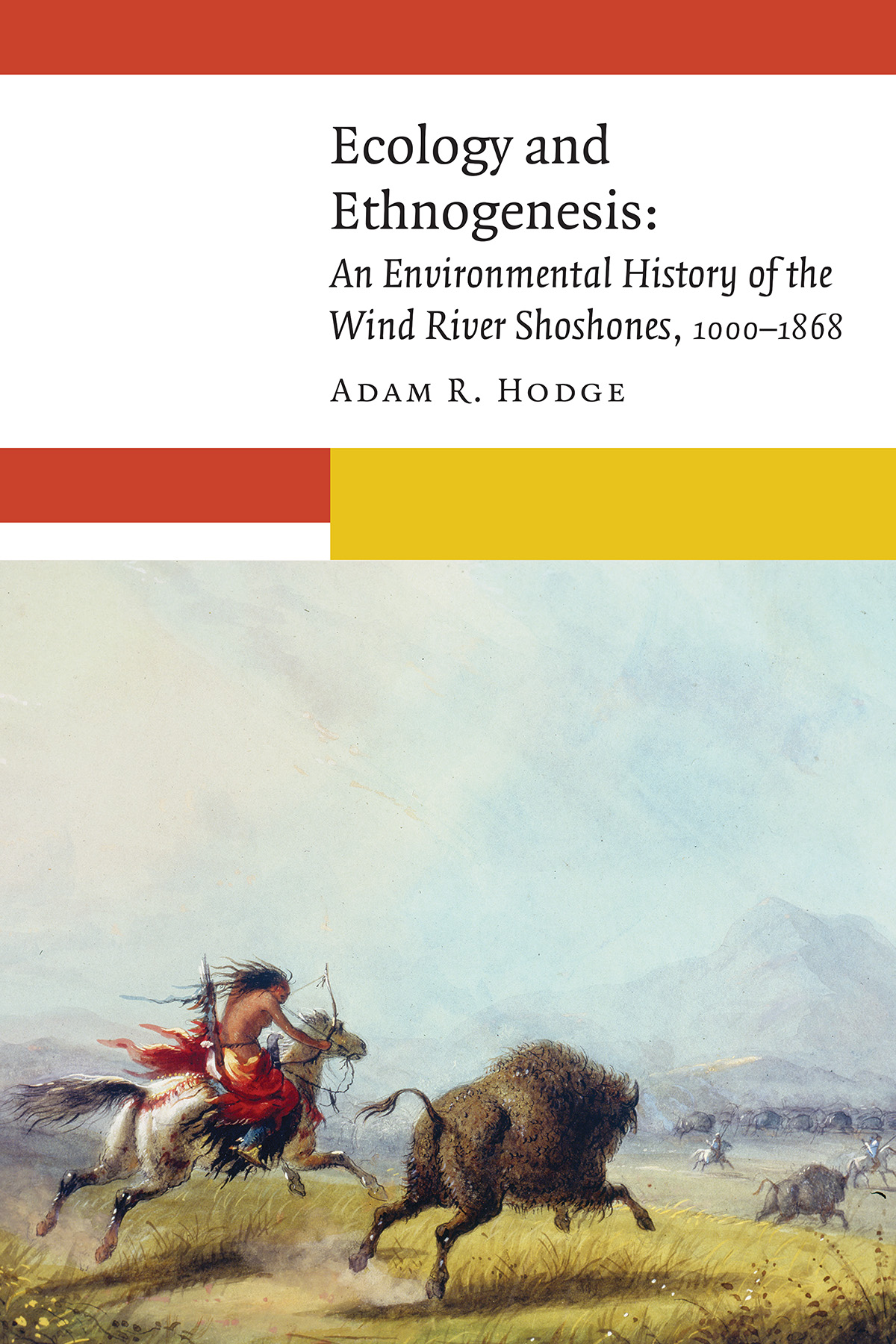
How do humans evolve as distinct ethnic groups over time and space? Adam Hodge pushes that historical question backwardcenturies before Euroamerican contactto reconstruct the roots of Shoshone ethnogenesis. His analysis of the interplay between cultures and dynamic environments is broadly conceived and deeply interdisciplinary. A masterful methodological approach.
David Rich Lewis, emeritus professor of history at Utah State University
This is a wide-ranging, methodologically vigorous, and wonderfully multifaceted study of the Eastern Shoshone Indians, who have been consigned to the margins of American history for far too long. Here the Eastern Shoshones emerge as creative and superbly adaptive people who have for centuries drawn powereconomic, political, and spiritualfrom land that sustains them in ways that are both profound and surprising. Adam Hodge illuminates those dynamics with skill and verve.
Pekka Hmlinen, author of The Comanche Empire
Adam Hodge reaches back and disrupts the concept of pre history through an environmental focus on Shoshone history. This is a major contribution to the fields of Native history, environmental history, Western/borderlands history, and Indigenous studies. Hodge demonstrates a commanding understanding of historiography, and his focused approach further connects this overlooked region and culture with neighboring histories among the Ute, Comanche, Din, and Paiute Nations.
Natale A. Zappia, Nadine Austin Wood Chair of American History at Whittier College

Early American Places is a collaborative project of the University of Georgia Press, New York University Press, Northern Illinois University Press, and the University of Nebraska Press. The series is supported by the Andrew W. Mellon Foundation. For more information, please visit www.earlyamericanplaces.org.
Advisory Board
Vincent Brown, Duke University
Andrew Cayton, Miami University
Cornelia Hughes Dayton, University of Connecticut
Nicole Eustace, New York University
Amy S. Greenberg, Pennsylvania State University
Ramn A. Gutirrez, University of Chicago
Peter Charles Hoffer, University of Georgia
Karen Ordahl Kupperman, New York University
Joshua Piker, College of William & Mary
Mark M. Smith, University of South Carolina
Rosemarie Zagarri, George Mason University
New Visions in Native American and Indigenous Studies
Series Editors: Margaret D. Jacobs, Robert Miller
Adam R. Hodge
Co-published by the University of Nebraska Press and the American Philosophical Society

2019 by the Board of Regents of the University of Nebraska
All rights reserved.
Cover designed by University of Nebraska Press; cover painting by Alfred Jacob Miller, commissioned by William T. Walters, 18581860. Image courtesy of the Walters Art Museum, Baltimore, accession no. 37.1940.90.
Author photo courtesy of Lourdes University.
Library of Congress Cataloging-in-Publication Data
Names: Hodge, Adam R., author.
Title: Ecology and ethnogenesis: an environmental history of the Wind River Shoshones, 10001868 / Adam R. Hodge.Other titles: New visions in Native American and indigenous studies series.
Description: [Lincoln, Nebraska]: Co-published by the University of Nebraska Press and the American Philosophical Society, [2019] | Series: New visions in Native American and indigenous studies | Includes bibliographical references and index.
Identifiers: LCCN 2018040948
ISBN 9781496201515 (cloth: alk. paper)
ISBN 9781496214416 (epub)
ISBN 9781496214423 (mobi)
ISBN 9781496214430 (pdf)
Subjects: LCSH : Shoshoni IndiansHistory. | Shoshoni Indians WyomingWind River BasinHistory. | Human ecology WyomingWind River BasinHistory.
Classification: LCC E 99. S 4 H 63 2019 | DDC 978.004/974574dc23 LC record available at https://lccn.loc.gov/2018040948
The publisher does not have any control over and does not assume any responsibility for author or third-party websites or their content.
To my parents, Dana and Fran,
for their love and support.
I found trying to remember everyone who helped me out over the years so I could properly thank them to be one of the most stressful parts of the entire publication process. If there are any omissions, I do apologize. Also, my work only benefited from anyone I mention here; I take responsibility for any errors or shortcomings.
First and foremost, I cannot express enough gratitude for the unwavering support of Margaret Jacobs. The guidance she has given me since I began work on this project has made me a better scholar. I could not have asked for a more patient, helpful, and dedicated mentor.
During my time at the University of Nebraska, James Garza, Andrew Graybill, Susan Lawrence, Doug Seefeldt, Victoria Smith, David Wishart, John Wunder, and other faculty influenced this project in their own ways. I am also grateful to Kevin Adams, Kim Gruenwald, Leonne Hudson, and others who nurtured this budding historian at Kent State University. Many thanks to colleagues and administrators at Lourdes University, especially Holly Baumgartner, Dwayne Beggs, Kate Beutel, Mary Ann Gawelek, Terry Keller, Dave Livingston, and Mary Robinson, for helping me make time to work on this book. Fellow (former) graduate students, foremost among them Greg Jones, Matt McDonough, and Kellie Wilson, took time and energy away from their own work to review mine, and I am most grateful for that.
The early stages of my work on this project benefited from the generous support of the Department of History at the University of NebraskaLincoln. Thanks to the Charles Redd Center for Western Studies at Brigham Young University, which financed my initial research trip to Wind River Indian Reservation and the archive at the University of Wyomings American Heritage Center. A faculty scholarship award from Lourdes University helped me revisit Wyoming to conduct further research.
Individuals at many institutions provided considerable help as I tracked down research materials. They include staff at the Love Library at the University of NebraskaLincoln, the Duns Scotus Library at Lourdes University, and libraries across the country that fulfilled countless interlibrary loan requests. Ginny Kilander and others at the American Heritage Center archive patiently retrieved box after box of materials for me during my visits. Ruth Bowler at the Walters Art Museum in Baltimore cheerfully fulfilled my requests for high-quality images included in this book while Gregory Smoak at the University of Utah kindly provided a copy of the Doty map. Erin Greb turned my scribbles into the fine maps included in this volume. An article published in the Spring/Summer 2016 issue of The Confluence included material that appears in chapters 6 and 7 of this book; my thanks to Jeffrey Smith at Lindenwood University for granting permission to reprint those parts in revised form.
During my visits to the Wind River country, I had the good fortune of meeting several helpful people. I talked with John Washakie at the Fort Washakie School Library on both occasions and am most grateful for the time he took to discuss his peoples history with me. Many thanks to Zedora Enos at the Shoshone Tribal Cultural Center, Ben Snyder Jr. of the Eastern Shoshone and Northern Arapaho Tribal Fish and Game Department, Pat Hnilicka of the U.S. Fish and Wildlife Service, and Bob Trebelcock of the Wyoming Game and Fish Department for sitting down to chat with me.
Next pageFont size:
Interval:
Bookmark:
Similar books «Ecology and Ethnogenesis: An Environmental History of the Wind River Shoshones, 1000–1868»
Look at similar books to Ecology and Ethnogenesis: An Environmental History of the Wind River Shoshones, 1000–1868. We have selected literature similar in name and meaning in the hope of providing readers with more options to find new, interesting, not yet read works.
Discussion, reviews of the book Ecology and Ethnogenesis: An Environmental History of the Wind River Shoshones, 1000–1868 and just readers' own opinions. Leave your comments, write what you think about the work, its meaning or the main characters. Specify what exactly you liked and what you didn't like, and why you think so.

